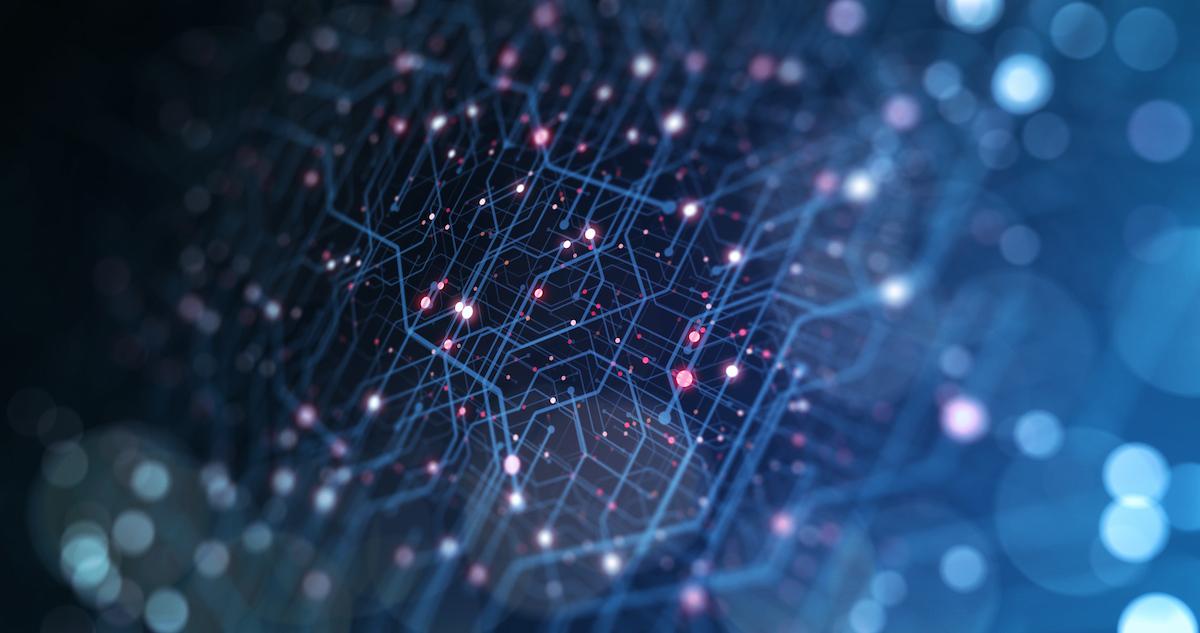3 Ways to Minimize AI Bias


As human beings, we can’t be completely objective when making decisions. It doesn’t matter if we are conscious of our subjective thoughts, our decisions will always be influenced by our personal preferences, values, and opinions. Computers, on the other hand, only make decisions based on the data they are given, which is why the implementation of artificial intelligence in predictions and decision-making can help reduce this subjectivity. However, the data collected for machine learning can contain embedded biases that effectively result in discriminatory decisions and biased results by the computer.
Why Is AI Biased?
Unintentional bias in AI algorithms is both common and problematic. No matter how objective we believe the data is, we forget that the people developing these AI systems and creating data for the machine learning process are subjective humans. Our opinions, values, and knowledge are all part of the data that is collected, which causes data to have gaps or even be biased. There might be certain groups or communities that are excluded from data due to circumstances out of their control.
We must do our best to minimize bias in AI systems, and there are a couple of practices that could help.
How to Minimize Bias in AI
- Listen to Feedback
Know that there is bias in your algorithm from the start. Factor in your end users’ varying backgrounds, perspectives, and input when building your next model. Listen to their feedback and learn about their overall experience to better understand what is missing, what needs to be changed, and how the model can be best catered to them. A great way to start receiving feedback from your end user is through a simple survey through social media, personal email, or project-specific communication.
- Review Training Data
The data that goes into the machine learning model determines how smart and efficient the AI system will be. However, more data doesn’t necessarily mean smarter AI. In fact, if you are feeding your model too many samples and data sets, it might actually cause it to be even more biased. Instead, the data should be carefully reviewed and selected before feeding it into the model. The key to ensuring accuracy in the AI system is selecting training data based on quality rather than quantity.
- Maintain Quality Assurance
Keep a constant eye on the algorithmic process when building your ML model, reviewing results in real time to ensure consistency as the build continues. It’s imperative to monitor the process in real time, ensuring unintended bias doesn’t happen at some step along the way. Identifying and narrowing down a problem early on makes finding a solution much easier.
Bias Is Inevitable
In a perfect world, we could eliminate bias from AI completely and not have to worry about discrimination and injustice. In reality, AI bias is a massive challenge in the technological world. At the end of the day, machines are built by humans, and they learn from data that is ultimately constructed by our own perceptions and biases. Our job is to identify these biases and understand where they come from to build systems where we can minimize it and, in the best case scenario, avoid it entirely.
At DataForce, we can help minimize biases through scalable and secure data collection, annotation, and more. Contact us today to learn about our solutions.
By DataForce